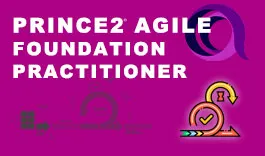Data Processing - A Beginner's Guide
-
 By Sushmith
By Sushmith - Published on Aug 18 2022

What Is Data Processing
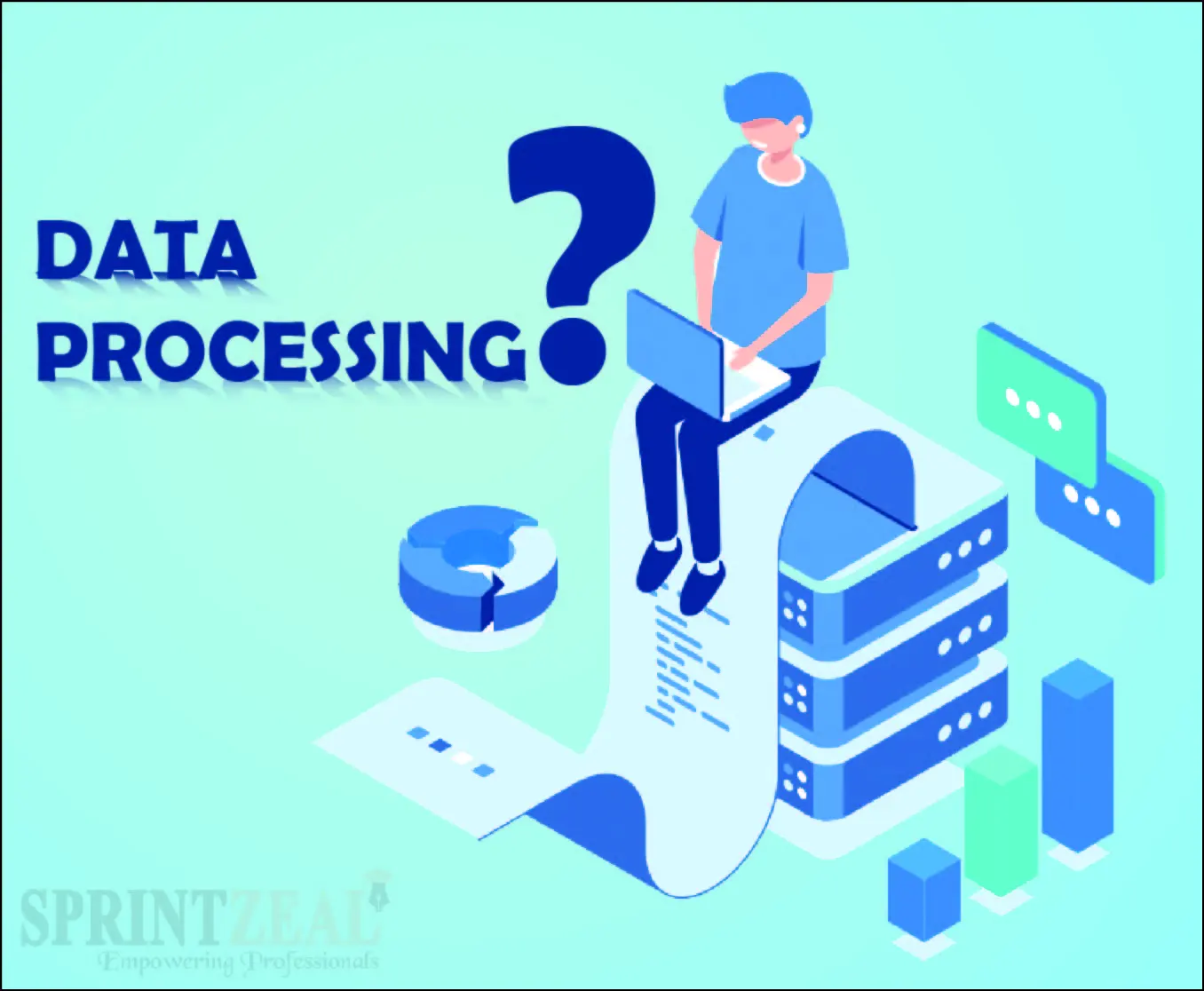
The act of gathering unprocessed data or information and turning it into usable data is known as Data Processing. The raw data must be processed into readable or usable information since it is useless when it is in its unaltered form for any organization.
Collection, conversion, and processing are the three prior steps involved in the process of data processing.
In order to compete with the challenges from other competing companies, almost every enterprise has adopted it for digital data processing. This helps you gain an upper hand with the feasibility of forming the required strategies to compete and improve the productivity of the company.
The data processing is done step-wise.
Data Processing Cycle
Since the processing of data is done step by step, the data processing cycle involves these six major steps.

1) Data Collection is the first step involved in the data processing cycle. It is validated by prioritizing the information resources provided, such as the company's profits and losses, user data, staff data, market net worth, and other necessary data, after acquiring the raw information from other organizations in the enterprise.
2) Data Preparation in the processing cycle involves the duties to prioritize the data collected and filter out the unnecessary and inaccurate data. Before the conclusion, the errors in the data, replication of the data, duplicate data, and such misleading data are corrected and filtered to guarantee the quality. Once the data quality is checked, it is then encoded for further cycle. Because of all the methods used, the term "data cleaning" is also used to describe this step of data processing.
3) The Data Input stage of data processing is where the cleaned or encoded data is transformed into inputs that can be read by machines. It is ensured that the data is in a format that can be read by a computer and processed before feeding it to the computer. At this stage of the case, the priority is to validate the data before supplying it to the computer's Central Processing Unit (CPU).
4) Data Processing makes the data subject to various data processing methods like algorithmic and statistical calculations, depending on the tools that are being used. Most of the available tools make use of algorithms designed using machine learning and artificial intelligence for processing the cleaned data.
5) Data outputs are the form of data that has been processed and obtained by the previous steps. The output data obtained is then decoded which are ready to be displayed to the users. These outputs help the users immediately extract the statistics. Based on these extracted statics, the presentation is done. For presentation, charts, reports, tables, graphs, and other such information-conveying statistics are used.
6) Storage is a major asset in any kind of data processing. The final step in the cycle is to store the decoded output data and metadata for future calibration and use. Through this, the user would be able to retrieve any particular data whenever needed. For a reliable use, the organizations buy huge amounts of memory to store all the data.
What are the 3 methods of data processing?
Depending on the tools available and the type of data being processed, there are mainly three different methods to go about data processing. The methods are as follows.

Manual Data processing
In this type, the data collected from the eternal resources is converted manually and subjected to human-based algorithms and calculations. All the necessary calculations are done manually without using any machines or tools for the data processing results. All the logical operations are performed manually. This method always led to errors and non-structural data processing.
Mechanical data processing
When the data is processed using some mechanical tools, like typewriters, mechanical printers, or any other mechanical tool, such a processing method is called mechanical data processing. When compared to manual data processing, mechanical data processing is a time-saving method since the tools used make the process finish faster. Even the errors generated are relatively low. It is best suited for simple processing tasks.
Electronic or Digital data processing
The raw data collected is processed using the data processing software and tools. Such processing methods are called Electronic data processing. They make use of AI algorithms to perform the data processing of the given data. Such data processing methods are also called "automated data processing." When compared to both mechanical and manual methods, electronic data processing is a lot more efficient since it has no room for human errors. The data handled by the computers is more precise and time-saving.
Data Processing Types
Initially, data processing was being performed manually without the use of other tools. The massive amounts of data that every organization now produces would require a very long time to process all the data manually. It would also be subject to high risks and lead to the production of errors.
The vast majority of data is now being processed electronically. According to the steps taken to process the data and based on the source of the data, there are various types of data processing.

1) Batch Data Processing.
In this type of processing, the data fed to the computer is divided into batches. When there is a massive amount of data under processing, it is divided into batches before processing. By this, huge amounts of data can be processed by maintaining the structure of the data.
2) Real-Time Data Processing
As the name says, real-time processing is a type of data processing that updates the progress in real-time to help users track the status in real-time. This type of processing is most often used for small data packages. Since it requires a lot of RAM to update the progress in real-time, it is often avoided for highly accurate outcomes.
3) Online Data Processing
This is another type of real-time processing that keeps users informed of progress in real-time. In this type of processing, the data that is being processed relies on other resources like the internet, for example. This helps the progress to be undertaken in real-time and this process becomes hands-free since the data, once fed to the server, gives the output when completed.
4) Distributed Data processing
This type of processing is an alternative to batch processing. In this, the data is first distributed for different tasks among different servers or among different CPUs. This helps in speeding up the processing cycle.
5) Multiprocessing
In this type of processing, the tasks are assigned to the computers with multiple timeslots. The data is broken down into frames and it is processed using more than two CPUs within the same computer. By this, the processing cycle gets better and the processing of the data consumes less time comparatively. This type is also called parallel processing.
6) Time-Sharing Data Processing
Allocation of computer resources and the data in timeslots to multiple users simultaneously is called time-sharing data processing. A single CPU can be accessed by multiple users by allocating resources at different timeslots. Each user is provided with a terminal link to the CPU while the CPU time slotting is based on the number of users available at that particular time.
EXAMPLES OF DATA PROCESSING
- The data processing involves statistical calculations of financing, goods, and other data of an e-commerce website.
- A trading organization that constantly exchanges information about the current status of the trades and the user statistics.
- A self-driven car, considering its surroundings in real-time to avoid any collision.
- Streaming platforms use the user's search history to recommend related interests.
- The bank website constantly exchanges the transaction details to update the current balance of the bank accounts in real-time.
- Social platforms accept and receiving the videos and content, converting them into standard formats for quality.
Data Processing Technical Advantages
- Increases productivity.
- Access to structured data.
- It is a fast and secure process.
- It helps improve the business margin.
- Complex calculations do not take much time.
- Calculation and algorithm errors are highly avoided.
Data Processing Technical Disadvantages
- Memory wastage.
- High power occupancy.
- Installation costs are high.
- Requires huge amounts of storage.
- Maintenance requires extra resources.
- Safekeeping of data is extremely hard to preserve.
- Estimation of work time for processing the data is difficult.
The Future of Data Processing
Cloud technology has provided data scientists with advanced data processing technologies. Cloud technologies offer the fastest, most advanced, most efficient, and most cost-effective data processing methods these days.
Companies buy cloud storage to store their data in huge amounts. It allows companies to have a centralized system, which helps them work easily and adapt to the modifications.
To provide availability for both small-scale and large-scale companies, the cloud platforms offer affordable services.
Conclusion
Data processing is the process of encoding and decoding raw information that is collected by different organizations into a usable format.
By simplifying the process into six steps, the processing of data can be a very simple task to understand and implement.
Different types of processing make it easy to help the users choose the right type to increase productivity.
Cloud technologies could be the future of data processing due to their affordability and technological advancement.
Subscribe to our Newsletters
Popular Programs
PSM® - Professional Scrum Master Certification
Live Virtual Training
- 4.3 (75 + Ratings)
- 11k + Learners
Trending Posts
Agile Prioritization Techniques Explained
Last updated on May 9 2023
Product Owner Certifications List
Last updated on May 22 2023
Agile Project Management Explained
Last updated on Mar 20 2023
CSM vs CSPO: Which Certification is Right for You?
Last updated on Oct 28 2022
CSM vs. PSM - Which Scrum Certification is Better?
Last updated on Mar 14 2023
Unlocking Career Opportunities in Product Management: Your Roadmap to Success
Last updated on Oct 25 2023
Categories
- Agile Management 54
- AI and Machine Learning 42
- Big Data 53
- Business Management 51
- Cloud Computing 44
- Digital Marketing 56
- Information Security 8
- IT Hardware and Networking 17
- IT Security 103
- IT Service Management 29
- Leadership and Management 1
- Microsoft Program 2
- Other 43
- Programming Language 31
- Project Management 162
- Quality Management 75
- Risk Management 8
- Workplace Skill Building 2
Trending Now
List Of Traits An Effective Agile Scrum Master Must Possess
ArticleDevOps Vs Agile Differences Explained
ArticleDevops Tools Usage, and Benefits of Development Operations & VSTS
ArticleAgile Scrum Methodology - Benefits, Framework and Activities Explained
ArticleGuide to Agile Project Management 2024
Article10 best practices for effective DevOps in 2024
ArticleGuide to Becoming a Certified Scrum Master in 2024
ArticleWhy Should You Consider Getting a Scrum Master Certification?
ArticleCSM vs CSPO: Which Certification is Right for You?
ArticleAgile Manifesto - Principles, Values and Benefits
ArticleAgile Methodology Explained in Detail
ArticleAgile Project Management Explained
ArticleEssential Tools for Agile Project Management 2024
ArticleEverything about Scrum Methodology
ArticleScrum Workflow - A Step by Step Guide
ArticleLatest Agile Interview Questions and Answers To Look For In 2024
ArticleScrum Interview Questions and Answers 2024
ArticleTop Scrum Master Responsibilities 2024 (Updated)
ArticleProduct Life Cycle in Marketing: Essential Strategies for Product’s Success
ArticleDevOps Engineer Interview Questions - Best of 2024
ArticleDevOps Engineer - Career path, Job scope, and Certifications
ArticleBusiness Agility Guide - Importance, Benefits and Tips
ArticleScrum vs Safe – Differences Explained
ArticleCSM vs. PSM - Which Scrum Certification is Better?
ArticleSAFe Implementation Roadmap Guide
ArticleAgile Release Plan Guide
ArticleAgile Environment Guide
ArticleAgile Coaching Guide - Best Skills for Agile Coaches
ArticleAgile Principles Guide
ArticleSAFe Certifications List - Best of 2024
ArticleAgile Prioritization Techniques Explained
ArticleScrum Ceremonies Guide
ArticleProduct Owner Certifications List
ArticleScrum of Scrums Guide
ArticleWhat is DevSecOps and its Importance
ArticleDevOps Career Guide 2024
ArticleStakeholder Engagement Levels Guide
ArticleScrum Master Career Path Explained
ArticleScrum Career Path Explained
ArticleTop Git Interview Questions and Answers [Updated 2024]
ArticleA guide to Agility in cloud computing
ebookProduct Roadmap: An Ultimate Guide to Successful Planning and Implementation
ArticleDMAIC Methodology - The Ultimate Guide
ArticleProduct Life Cycle Strategies: Key to Maximizing Product Efficiency
ArticleScrum Master Salary Trends in 2024
ArticleProduct Life Cycle Model: A Guide to Understanding Your Product's Success
ArticleWhat is a Product Owner - Role, Objectives and Importance Explained
ArticleSuccessful Product Strategies for Introduction Stage of Product Life Cycle
ArticleUnlocking Career Opportunities in Product Management: Your Roadmap to Success
ArticleSaturation Stage of Product Life Cycle: Complete Guide
ArticleCutting-Edge Technology of Google Cloud
ArticleHow to Write an Executive Summary for a Business Plan?
ArticleImportance of Procurement Management Software in Modern Business
Article
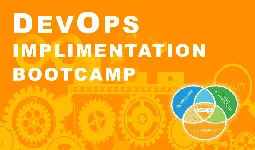

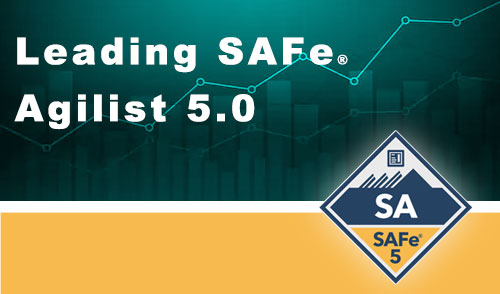
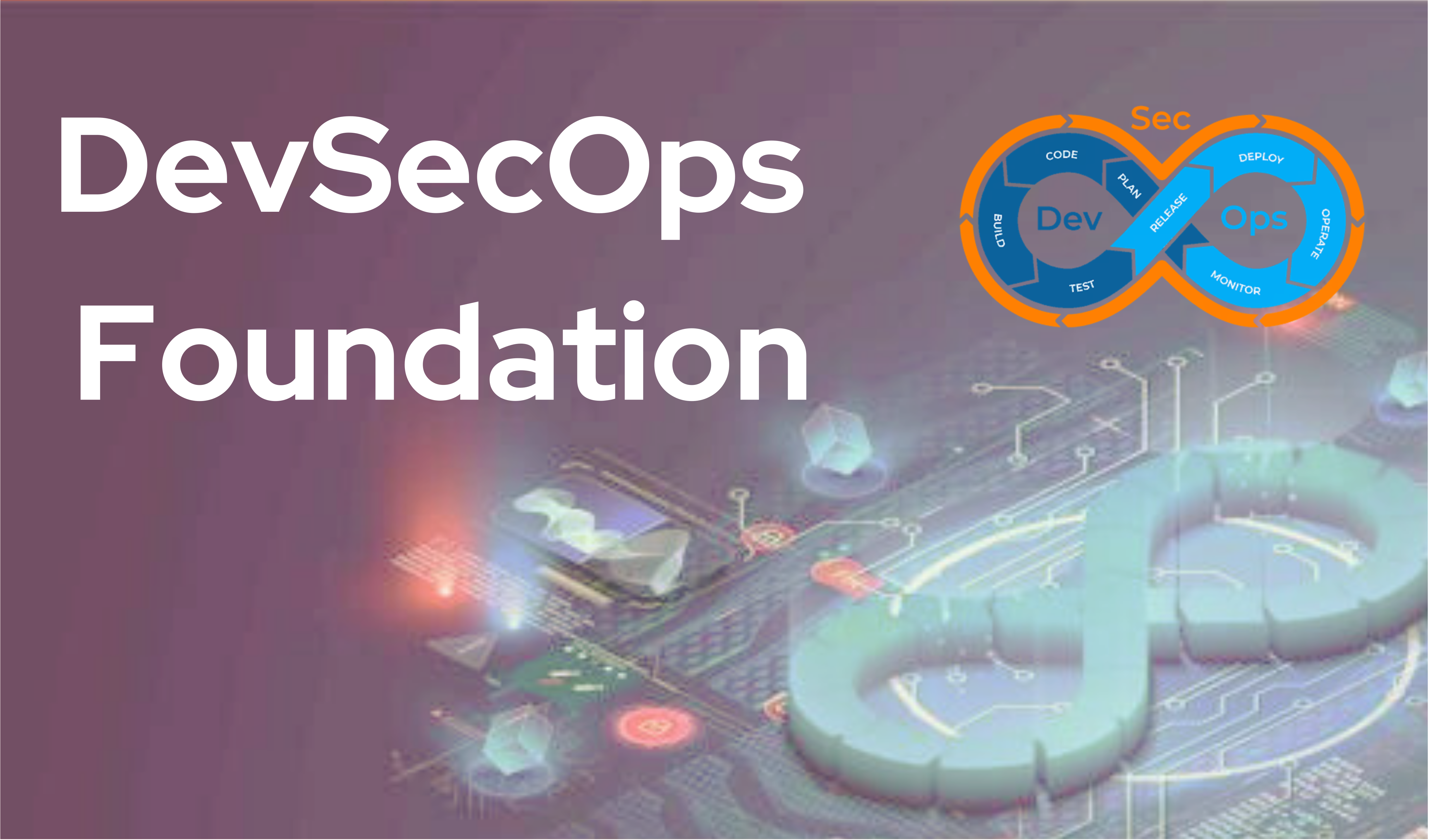

.webp)



